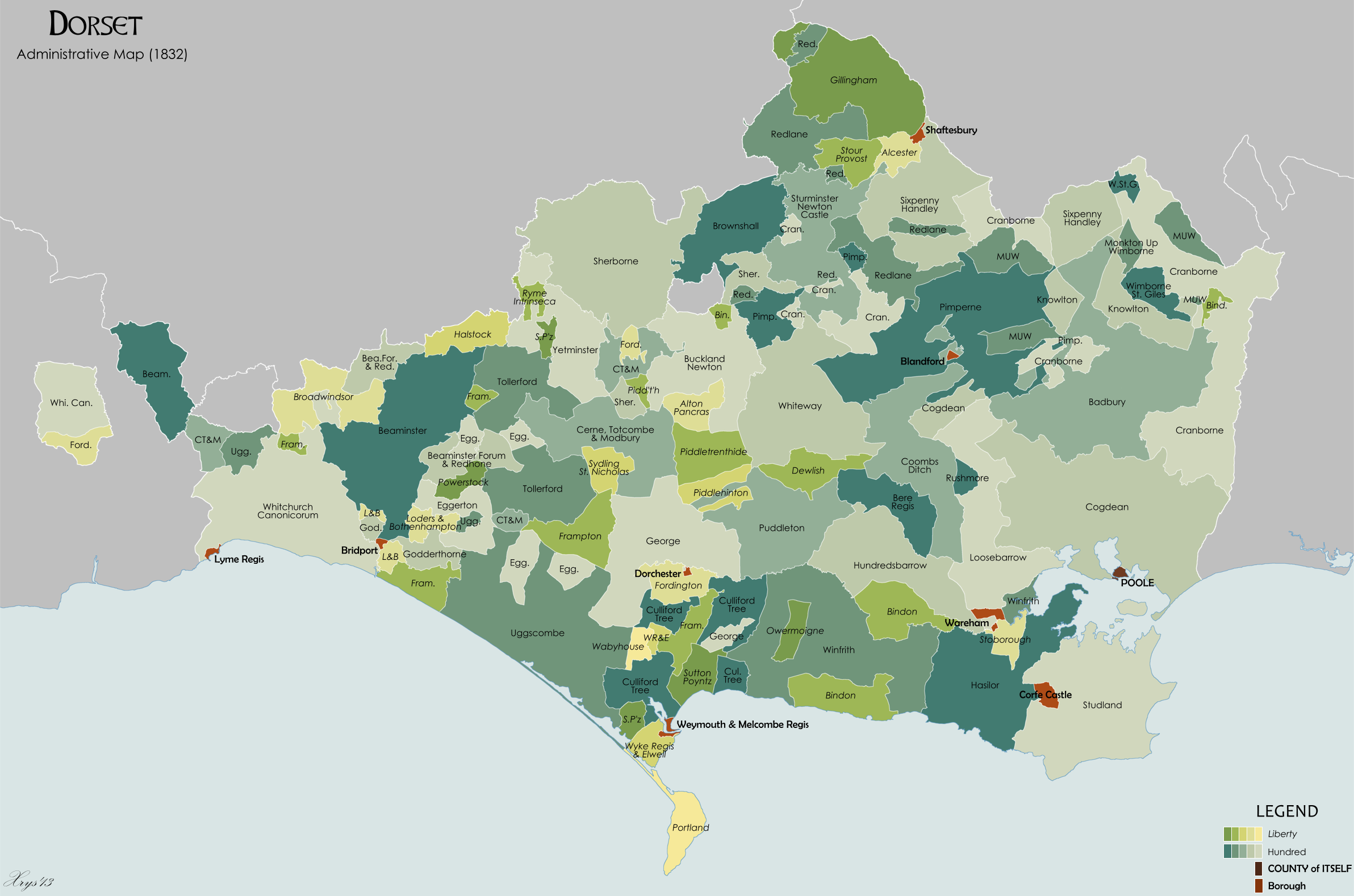|
Frome Billet
Frome Billet is a former village in Dorset, just to the north of West Stafford. It is mentioned in the Domesday Book Domesday Book () – the Middle English spelling of "Doomsday Book" – is a manuscript record of the "Great Survey" of much of England and parts of Wales completed in 1086 by order of King William I, known as William the Conqueror. The manusc .... There is slight archaeological evidence of a mediaeval settlement. It is now represented only by Stafford House. References History of Dorset Former populated places in Dorset {{Dorset-geo-stub ... [...More Info...] [...Related Items...] OR: [Wikipedia] [Google] [Baidu] |
Dorset
Dorset ( ; archaically: Dorsetshire , ) is a county in South West England on the English Channel coast. The ceremonial county comprises the unitary authority areas of Bournemouth, Christchurch and Poole and Dorset. Covering an area of , Dorset borders Devon to the west, Somerset to the north-west, Wiltshire to the north-east, and Hampshire to the east. The county town is Dorchester, in the south. After the reorganisation of local government in 1974, the county border was extended eastward to incorporate the Hampshire towns of Bournemouth and Christchurch. Around half of the population lives in the South East Dorset conurbation, while the rest of the county is largely rural with a low population density. The county has a long history of human settlement stretching back to the Neolithic era. The Romans conquered Dorset's indigenous Celtic tribe, and during the Early Middle Ages, the Saxons settled the area and made Dorset a shire in the 7th century. The first re ... [...More Info...] [...Related Items...] OR: [Wikipedia] [Google] [Baidu] |
West Stafford
West Stafford is a village and civil parish in southwest Dorset, England, situated in the Frome valley east of Dorchester. In the 2011 census the parish had a population of 291. The village contains the public house 'The Wise Man Inn', and St Andrew's Church. The river Winterbourne runs beside the village and 2 miles south lies the village of West Knighton. Thomas Hardy, when training as an architect, assisted in the design of Talbothays Lodge and the cottages opposite. The village is also accepted as the setting for part of Hardy's novel ''Tess or the D'Urbevilles'', during the period when Tess works at the Talbothays Dairy. Reginald Bosworth Smith, schoolmaster, author and President of the Oxford Union Past elected presidents of the Oxford Union are listed below, with their college and the year/term in which they served. ''Iterum'' indicates that a person was serving a second term as president (which is not possible under the current Union rule ..., was born in West Sta ... [...More Info...] [...Related Items...] OR: [Wikipedia] [Google] [Baidu] |
Domesday Book
Domesday Book () – the Middle English spelling of "Doomsday Book" – is a manuscript record of the "Great Survey" of much of England and parts of Wales completed in 1086 by order of King William I, known as William the Conqueror. The manuscript was originally known by the Latin name ''Liber de Wintonia'', meaning "Book of Winchester", where it was originally kept in the royal treasury. The '' Anglo-Saxon Chronicle'' states that in 1085 the king sent his agents to survey every shire in England, to list his holdings and dues owed to him. Written in Medieval Latin, it was highly abbreviated and included some vernacular native terms without Latin equivalents. The survey's main purpose was to record the annual value of every piece of landed property to its lord, and the resources in land, manpower, and livestock from which the value derived. The name "Domesday Book" came into use in the 12th century. Richard FitzNeal wrote in the '' Dialogus de Scaccario'' ( 1179) that the bo ... [...More Info...] [...Related Items...] OR: [Wikipedia] [Google] [Baidu] |
History Of Dorset
Dorset is a rural county in south west England. Its archaeology documents much of the history of southern England. Pre-Roman The first known settlement of Dorset was by Mesolithic hunters, who returned to Britain at a time when it was still attached to Europe by a land-bridge, around 12,500 BC. The population was very small, maybe only a few thousand across the whole of Britain, and concentrated along the coast: in Dorset, such places as the Isle of Purbeck, Weymouth, Chesil Beach and Hengistbury Head, and along the Stour valley. These populations used stone tools and fire to clear some of the native oak forest for herding prey. Genetic experiments carried out on a Mesolithic skeleton from Cheddar Gorge (in the neighbouring county of Somerset) have shown that a significant part of the contemporary population of Dorset is descended from these original inhabitants of the British Isles. This suggests that when a wave of immigrant farmers arrived from the continent in th ... [...More Info...] [...Related Items...] OR: [Wikipedia] [Google] [Baidu] |

